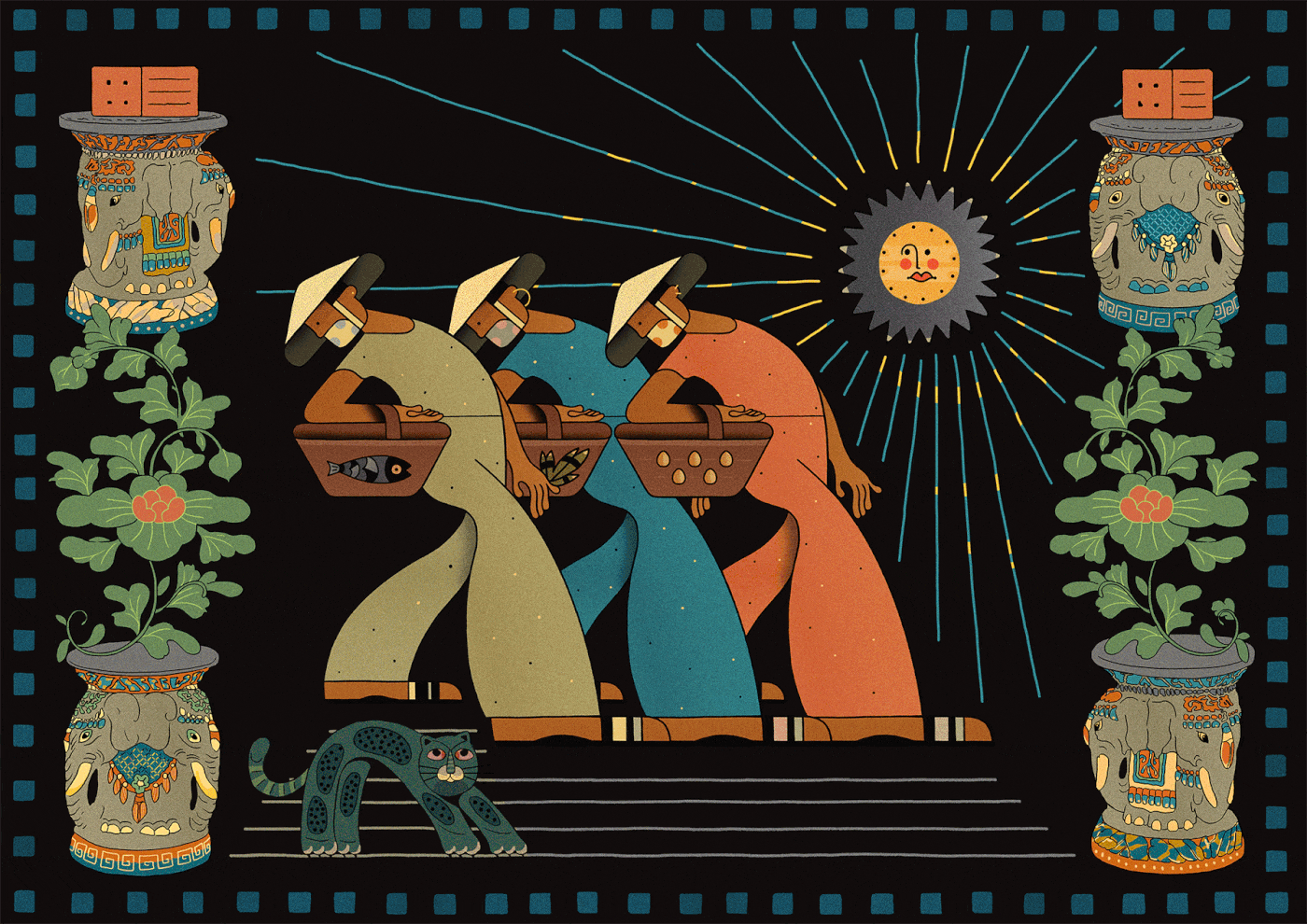"Our values" series: one safe team
Culture
Rahel Schaad
December 15, 2023

In the fast-paced world of IT projects, agility is no longer just a nice-to-have but a crucial requirement for top performance. Agile methods transform the way teams collaborate, solve problems, and deliver innovative solutions.
What is agile working?
In contrast to traditional hierarchies with clear orders from superiors, agile working is based on a team approach. The team forms the foundation, the basis. At the starting point of a successful project is the customer’s problem, not the goals of the company itself. Around this customer pain point, an agile team is formed, focused on solving this specific customer problem.
The team works together based on an agile mindset. What does that mean? When talking about an agile mindset, it means that everyone is equal within a project. Whether a senior project manager or an intern, the opinions and inputs of all are equally important. Of course, there are differences in expertise. The senior project manager may have more input on topics like schedule or budget than a junior, but their opinion is not more important as a result. And for the media implementation of a project, the media apprentice also has very valuable ideas. Together, as a team, the best approach to solving the customer’s problem is decided.
What are the benefits of agile working?
Agile working, by definition, means being able to adapt quickly to changing circumstances. This way of working combines proactive and reactive aspects with the aim of preparing for possible future scenarios and being able to react quickly to unforeseen events. Agile working means moving away from the classical hierarchical way and redefining how new projects are approached and decisions are made.
Furthermore, agile working harnesses collective intelligence. What does this mean in practice? In a conventional project process, a salesperson takes over the project initiation and then hands it over to the project manager for execution along with the set budget and idea. The project manager plans the next steps and the resources of the developers. Ultimately, the project goes back to sales, who present the result to the customers. Where is the problem here? Sellers are probably not as deeply involved in the matter as the developers. There are uncertainties, misinformation, and possibly the customers will not receive the ideal solution to their problem. This is neither the fault of development nor of sales - it’s about the approach. A problem that does not arise in agile working. Because here, all project participants are brought to the table as early as possible. All requirements and problems are discussed at the beginning. Together. So that the ideas and inputs of all participants are used. Everyone can and should contribute in this constellation so that all their thoughts are taken into account. This is how innovative solutions are created.
That’s about how agile collaboration works in an ideal world. But in practice, it’s often not so easy to ask questions or present creative ideas in a large group. That’s human nature. This is where one of our guiding principles at Comvation comes into play: one safe team.
One safe team
To be able to act as one safe team in an agile setting, various principles must be observed:
Psychological safety
Psychological safety is the feeling of safety within a team to take risks and express opinions openly. It’s not a switch you can simply flip. It’s based on trust, respect, and acceptance of vulnerability. When we feel safe in a team, we are willing to take risks and say what we think. For example, that you disagree with the status quo or what has been discussed. Making mistakes is also allowed. By actively expressing oneself in the team, everyone can learn from it in the end.
Walk the talk and openness
For a team to feel safe, a lot of groundwork is needed. Openness and leading by example must come from everyone. Everyone in the team can get into an unpleasant situation at times. It’s important that it should never be exploited.
Feedback culture
To achieve this openness, an open feedback culture is also needed. This also must be actively demonstrated. The whole thing is a bit like a relationship. You don’t just learn to trust someone fully from one day to the next. This must be worked out first. However, if this trust is ever abused, it is very difficult to come back from it.
The right mindset
In addition to trust, openness, and a healthy feedback culture, the right mindset is also needed. This means prioritizing the customer and collaboration with them over contract negotiations. Individuals are always more important than processes or how to achieve a goal.
Agile working is a culture based on teamwork, trust, and openness. It enables companies to flexibly respond to changes and develop innovative solutions for customers as one safe team.
Pic Credit: Luong Doo







